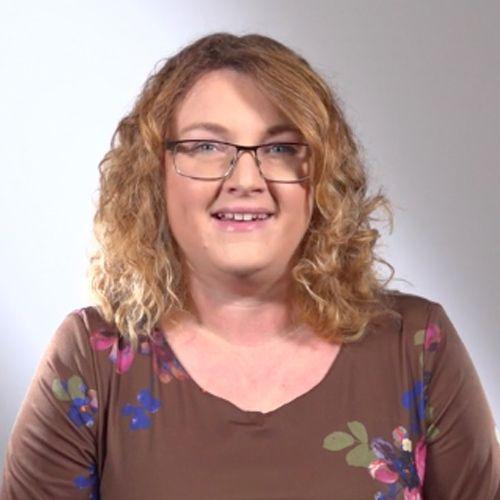Learning objective
- To select instruments that match seaside sounds.
Success criteria
- I can make sounds on a range of
This content is for subscribers only. Join for access today.
National curriculum
Music
Pupils should be taught to:
- Play
This content is for subscribers only. Join for access today.
Cross-curricular links
English
Spoken language
- Articulate and
This content is for subscribers only. Join for access today.
Before the lesson
This content is for subscribers only. Join for access today.
Lesson plan
Recap and recall
Display the Presentation: Gimme five! Give the children some time to discuss.
This content is for subscribers only. Join for access today.
Extended-mode explainer videos
How to extend your display to view the lesson page and preseantion mode simultaneously. Choose your operating system below to watch the video
If you need further support with extending your display,
please contact [email protected].
Extended-mode explainer video: For Mac
Extended-mode explainer video: For Windows
Adaptive teaching
Pupils needing extra support
Should work with a more confident partner to select the instruments; could mirror the vocal/body percussion sounds of their partner if they struggle to think of their own.
Pupils working at greater depth
Could think of a sound that is found at the sea which is not pictured on their worksheet and find and instrument that matches it.
This content is for subscribers only. Join for access today.
Assessing progress and understanding
Pupils with secure understanding indicated by: using appropriate instrument choices; being able to
This content is for subscribers only. Join for access today.
Vocabulary definitions
-
instrument
An object played to make musical sounds, e.g. a piano, drum, etc.
-
seaside
A place by the sea where people might spend a holiday.
This content is for subscribers only. Join for access today.
In this unit
Assessment - Music Y1: Vocal and body sounds
Lesson 1: Vocal and body sounds
Lesson 2: Vocal and body sounds: Embodying the sea
Lesson 3: Vocal and body sounds: Musical treasure hunt
Lesson 4: Vocal and body sounds: Seaside story
Lesson 5: Vocal and body sounds: Seaside soundscape

